caluanie muelear oxidize
When working with Caluanie muelear oxidize, it’s important to be aware of the relevant regulatory information to ensure compliance and safety. Here’s an overview of key regulations and guidelines that may apply:
1. Chemical Classification:
- Caluanie muelear oxidize is classified as a strong oxidizing agent. Its classification may vary depending on regional regulations.
2. Hazard Communication:
- Safety Data Sheet (SDS): Manufacturers and suppliers are required to provide an SDS that includes information on hazards, handling, storage, and emergency measures.
- Labeling Requirements: Labels must include hazard symbols, signal words, and precautionary statements in accordance with the Globally Harmonized System (GHS).
3. Occupational Safety:
- OSHA (Occupational Safety and Health Administration): In the United States, OSHA regulations require employers to ensure a safe workplace. This includes proper labeling, employee training, and providing appropriate PPE.
- Permissible Exposure Limits (PEL): Employers must be aware of exposure limits and ensure that employees are not exposed to levels exceeding regulatory limits.
4. Environmental Regulations:
- EPA (Environmental Protection Agency): In the U.S., the EPA regulates hazardous waste disposal under the Resource Conservation and Recovery Act (RCRA). Caluanie muelear oxidize may be subject to hazardous waste management regulations.
- Local Regulations: Be aware of local environmental regulations regarding the release and disposal of hazardous materials.
5. Transportation Regulations:
- DOT (Department of Transportation): Transporting Caluanie muelear oxidize must comply with DOT regulations for hazardous materials, including proper labeling and packaging.
- IATA (International Air Transport Association): If shipping by air, follow IATA regulations for the transport of dangerous goods.
6. Emergency Response Regulations:
- Hazardous Waste Operations and Emergency Response (HAZWOPER): Compliance with HAZWOPER regulations may be necessary if there is a potential for hazardous waste incidents or spills.
Conclusion:
Always consult the specific regulations applicable to your region, industry, and circumstances when handling Caluanie muelear oxidize. Ensuring compliance with these regulations helps promote safety and environmental protection.
Caluanie muelear oxidize has several qualitative characteristics that are important for understanding its behavior and potential applications. Here are some key qualitative aspects:
1. Chemical Properties:
- Chemical Structure: Caluanie muelear oxidize is an organic compound, typically derived from the oxidative processes involving specific aromatic compounds.
- Oxidizing Agent: It acts as a strong oxidizer, which means it can readily accept electrons from other substances, potentially leading to combustion or other reactive processes.
2. Physical Properties:
- Appearance: Usually appears as a colorless to pale yellow liquid, but the exact color can vary depending on purity and concentration.
- Odor: May have a distinct chemical odor, which can vary based on concentration and impurities.
- Solubility: Generally soluble in organic solvents; however, its solubility in water may be limited.
3. Reactivity:
- Reactivity with Other Chemicals: Reacts vigorously with reducing agents, flammable materials, and certain metals, which can lead to hazardous situations.
- Stability: Should be stored under controlled conditions to prevent decomposition or unwanted reactions with environmental factors.
4. Toxicological Aspects:
- Health Hazards: Considered toxic and corrosive, posing risks through inhalation, skin contact, and ingestion.
- Environmental Hazards: Powerful
5. Applications:
- Industrial Uses: Often used in various chemical processes, including synthesis and as a reagent in organic chemistry.
Physical Properties:
- Appearance:
- Typically a colorless to pale yellow liquid.
- Odor:
- Characteristic chemical odor, which can vary based on concentration and impurities.
- Molecular Weight:
- Specific molecular weight can vary based on the formulation but generally falls within a certain range for similar compounds.
- Density:
- Density is generally greater than that of water, often around 1.1 to 1.3 g/cm³.
- Boiling Point:
- The boiling point can vary but is generally above room temperature, often in the range of 120-180°C (248-356°F).
- Solubility:
- Soluble in organic solvents (such as acetone, ethanol, and others), but has limited solubility in water.
- Flash Point:
- The flash point is typically above 60°C (140°F), indicating that it is not highly flammable but can pose fire risks under certain conditions.
- Viscosity:
Additional Notes:
- Reactivity: As a strong oxidizing agent, its physical properties should be considered alongside its chemical reactivity to ensure safe handling and storage.
- Storage Conditions: Should be stored in a cool, dry place away from incompatible materials and sources of ignition.
Always consult the Safety Data Sheet (SDS) for detailed and specific information on the physical properties of Caluanie muelear oxidize, as variations may exist based on purity and formulation.
- Appearance:

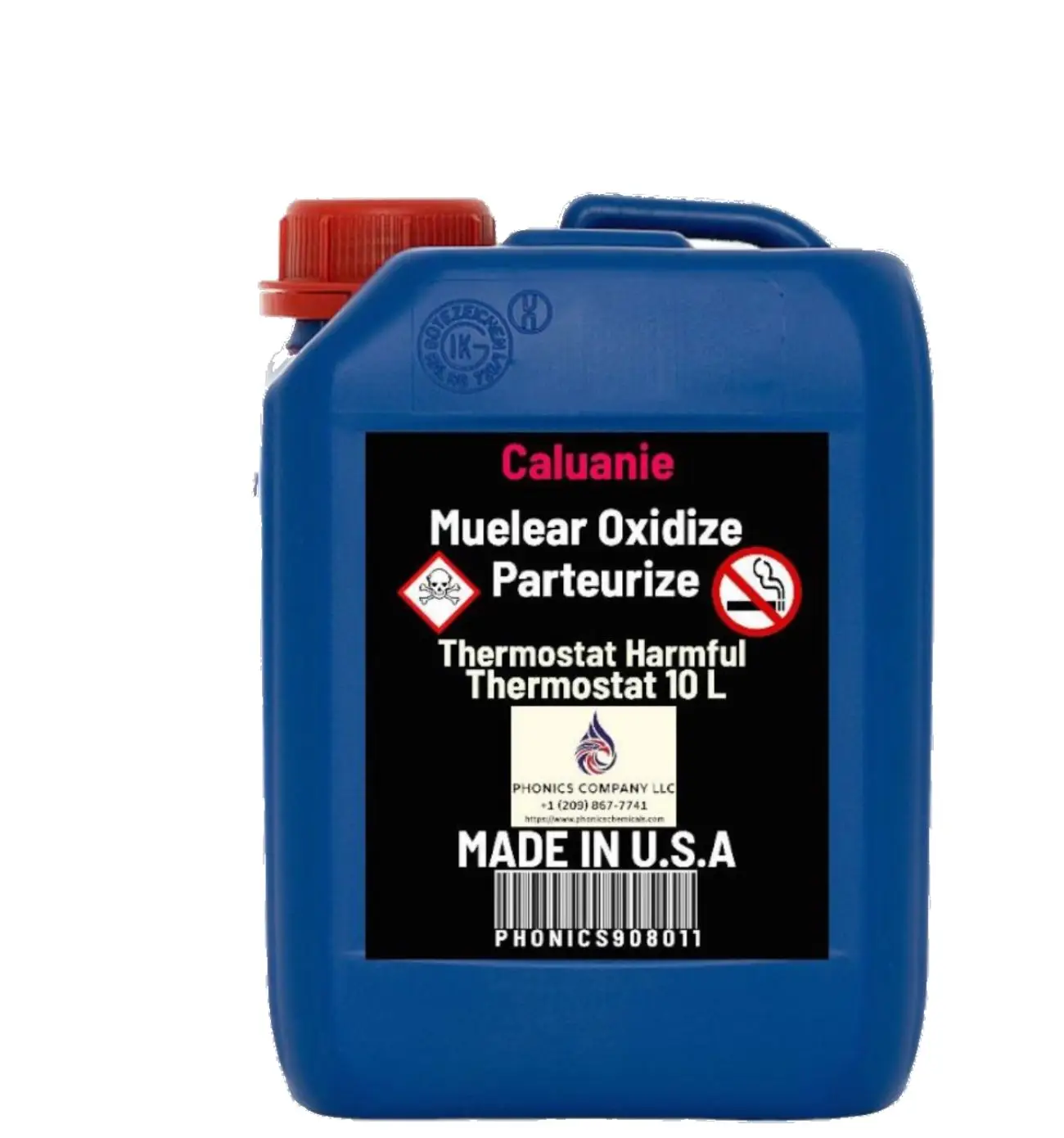
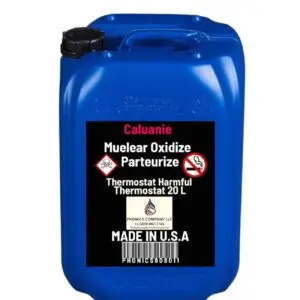
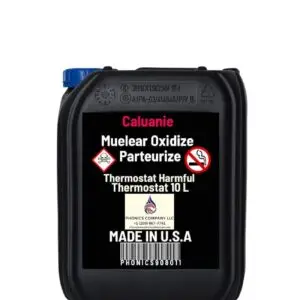
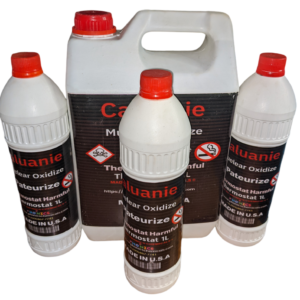
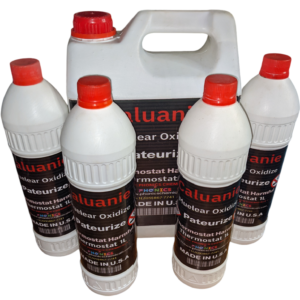
Reviews
There are no reviews yet.